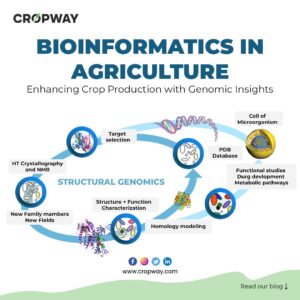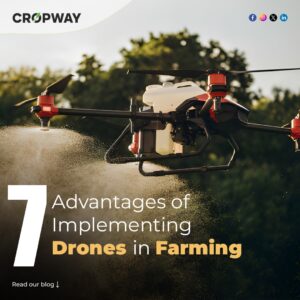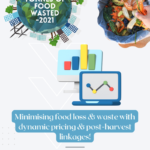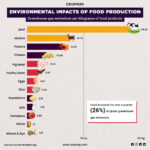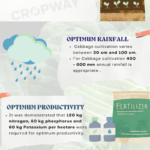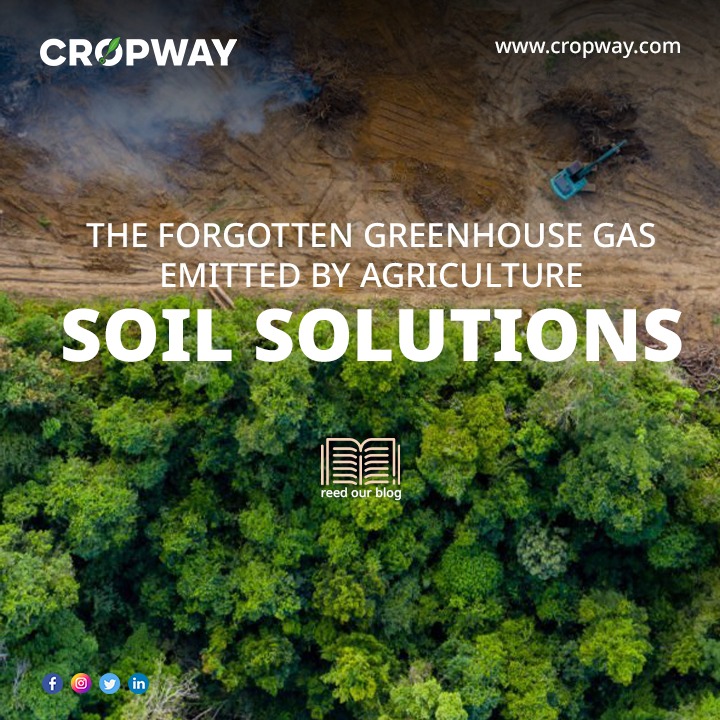
For good reason, agriculture has been a major topic for governments and companies striving to cut greenhouse gas emissions and address climate change. It is one of the leading causes of greenhouse gas emissions, with livestock, rice farming, and fertilisers being the main offenders. According to the Intergovernmental Panel on Climate Change (IPCC), agriculture is responsible for around 16-27% of human-caused climate-warming emissions. However, there is one “forgotten greenhouse gas” emitted by agriculture that often goes unnoticed: nitrous oxide (N2O), a potent greenhouse gas that is over 300 times more potent than carbon dioxide (CO2).
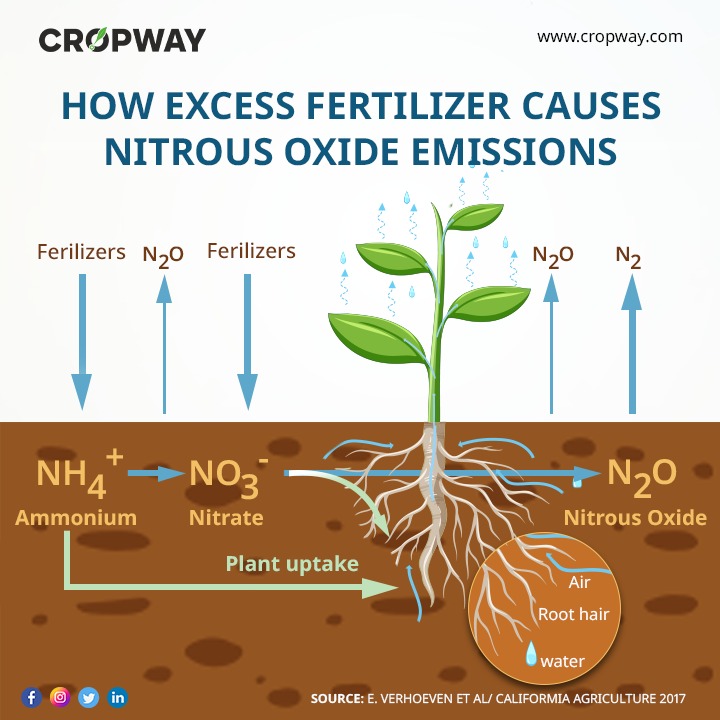
The primary offender is agricultural soil, particularly in light of the widespread use of synthetic nitrogen fertilisers. N2O is released from the soil when farmers apply synthetic fertilizers or animal manure. These nitrogen inputs are necessary for crop growth, but they also contribute to the production of N2O through a process called nitrification and denitrification. Excess fertiliser causes pollution, including the production of nitrous oxide. Ammonium or nitrate can be the foundation of fertilisers. Plant roots go through a number of microbe-mediated changes when they can’t absorb all the nutrients. In the end, the nitrogen returns to the atmosphere as N2 gas and, to a lesser extent, as N2O, a powerful greenhouse gas.
According to the United Nations, agriculture accounts for 60% of global N2O emissions, making it a significant contributor to climate change.In 2020, sources and sinks of nitrous oxide were reviewed. It was discovered that emissions had increased by 30% over the previous four decades and have surpassed all but the highest probable emission scenarios outlined by the IPCC.However, scientists and researchers are actively seeking solutions to reduce N2O emissions from agriculture. One approach is to promote the use of organic farming practices such as crop rotation, cover cropping, and reduced tillage. These practices can increase soil organic matter, which promotes a healthy soil microbiome that can naturally reduce N2O emissions.
Another solution is to improve nitrogen use efficiency through precision agriculture technologies such as soil sensors and variable-rate fertilization. These tools can help farmers apply the right amount of fertilizer at the right time and place, reducing N2O emissions from excess nitrogen inputs.Furthermore, researchers are exploring innovative approaches such as breeding crops that are more efficient in their use of nitrogen and developing microbial inoculants that can enhance nitrogen fixation in crops. They are alsoincorporating certain microorganisms’ who have ability to provide plants with nitrogen directly, much like nitrogen-fixing bacteria now do in conjunction with legumes like beans, peanuts, and other legumes.
Conclusion
Finally, the importance of lowering N2O emissions from agriculture in the battle against climate change cannot be emphasised. Agriculture contributes significantly to N2O emissions, but with the joint efforts of farmers, lawmakers, scientists, and consumers, we can cooperate to mitigate the problem. We can create a healthier world for current and future generations by supporting sustainable agricultural practises and investing in new solutions such as precision agriculture technology and microbial inoculants. It is critical to continue developing and implementing solutions to reduce agricultural greenhouse gas emissions and build a more resilient and sustainable food system for everybody.


